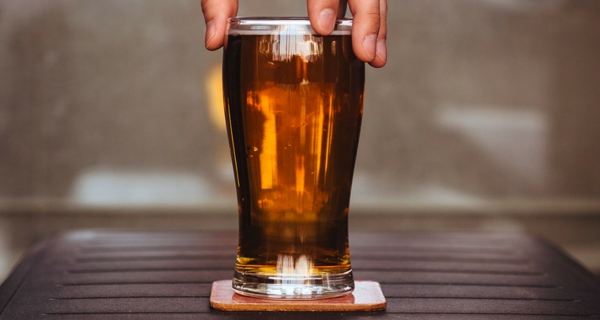
Photos, postcards and tourist attractions are fine, but one surefire way to get a true taste of Europe is to drink your way through it. This European Liquor, Beer, and Wine Guide serves up a rundown on the most popular and/or notorious alcoholic drinks in some of the major countries throughout the continent.
Belgium & Netherlands: Jenever
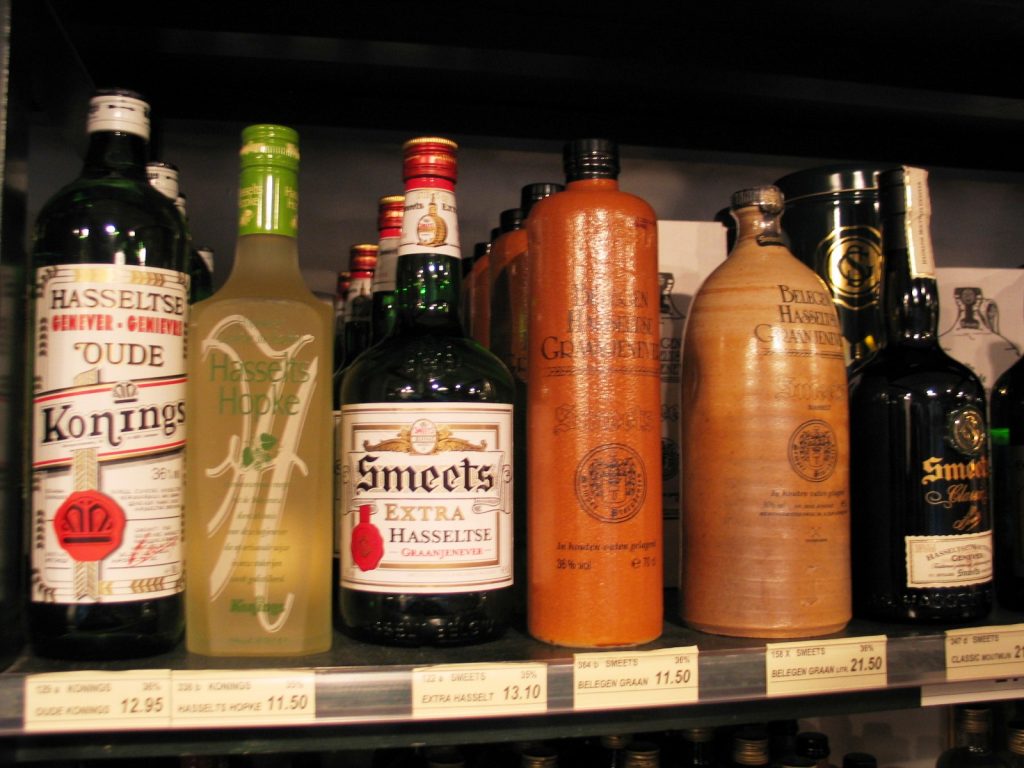
Image by Paul Hermans from nl, CC BY-SA 3.0
If juniper berries and high-octane liquor is your thing, you’ll dig the national liquor of the Netherlands and Belgium. Also known as genever or Dutch gin, jenever was originally made by distilling malt wine – and then adding juniper berries to cover up the awful taste.
This drink spent the 16th century being sold as medicine, eventually evolving into the myriad varieties available today. Drink it chilled out of a tulip glass, try a hands-free slam of the drink, or use it as a beer chaser. Jenever is widely served in bars throughout the region.
England: Pimm’s Cup
A guy named James Pimm gets credit for creating this gin-based beverage, which he used to serve up to his London oyster bar customers in the 1800s. He later bottled and sold the concoction, and then sold the rights to it.
The cocktail contains gin, lemonade, mint, cucumber, lemon, other fruit and spices. While Pimm first stirred up the drink as a digestion aid, Pimm’s Cup has grown into a Wimbledon phenomenon. Some 80,000 pints of it are sold at the annual event. Any pub worth its salt will gladly serve up a Pimm’s Cup upon request.
France: Champagne, Pastis

You can’t go wrong with wine in France, especially if you order any sparkling wine produced in the country’s Champagne region. The area follows a strict set of fermentation rules that make the bubbly beverage a must-try. The first sparkling wine was actually created by accident, then dubbed “le vin du diable,” which translates to the devil’s wine.
Pastis is an anise-flavored liquor first created in response to a ban on drinks with more than 16 percent alcohol by volume (ABV). Modern pastis typically contains about 40 percent ABV and is enjoyed without additives other than a dollop of water.
Germany: Schnapps, Reinheitsgebot Beer
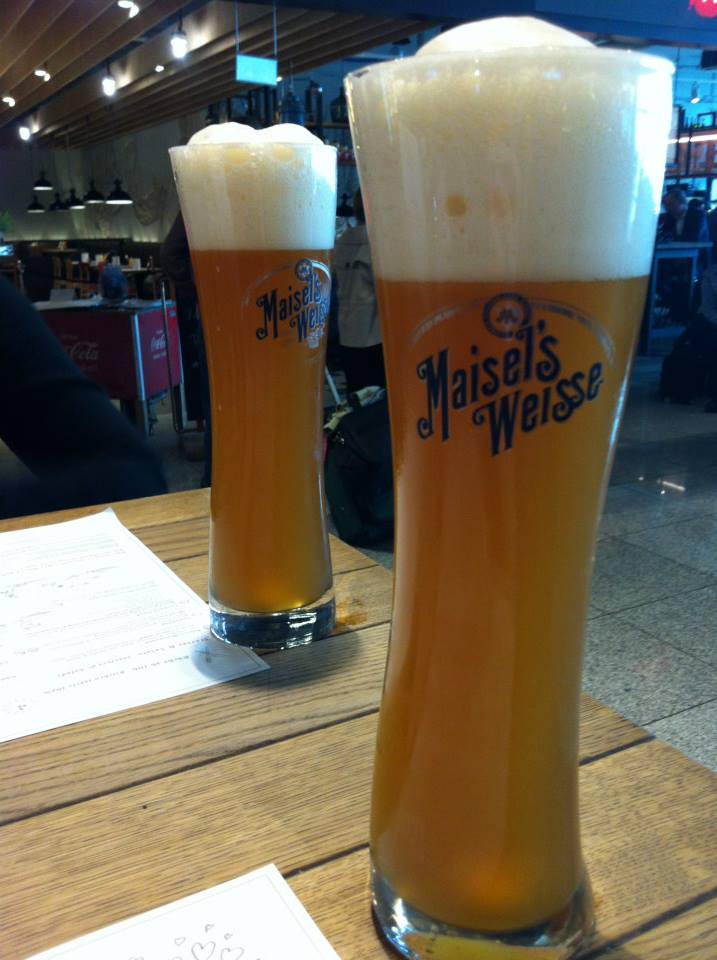
With events like Oktoberfest, you got to give beer a go in Germany. But you may also want to try the country’s schnapps, which was first discovered by 16th-century monks investigating its medicinal properties.
German schnapps today is distilled from a mélange of fermented fruits and enjoyed straight-up. Those yearning for German beer can sate their cravings with any Reinheitsgebot beer. These beers continue to uphold the now-defunct German Purity Law which dictates beer’s only ingredients can be barley, hops and water.
Greece: Ouzo
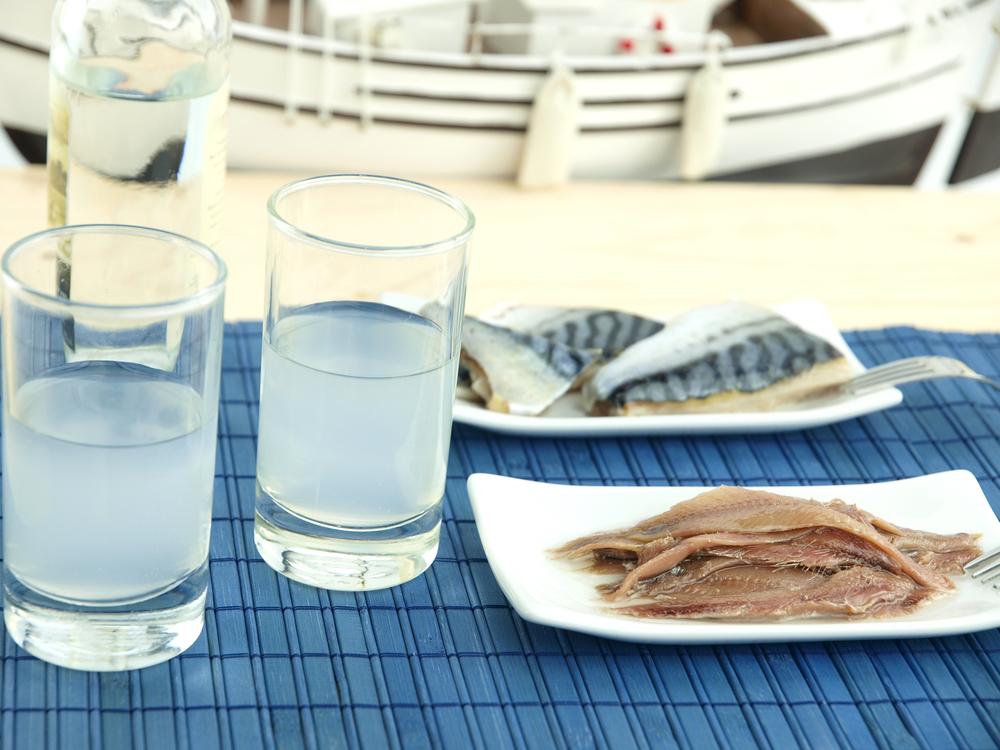
France has its anise-flavored pastis, and Greek has its anise-flavored ouzo. The history of this formidable and fortifying liquor can be traced back to the 1300s, although it didn’t hit the heights of popularity until absinthe took a nosedive in the 1800s.
Order ouzo just about anywhere, sipping it in a drinking glass mixed with water or slamming it straight-up out of a shot glass.
Ireland: Whiskey, Guinness
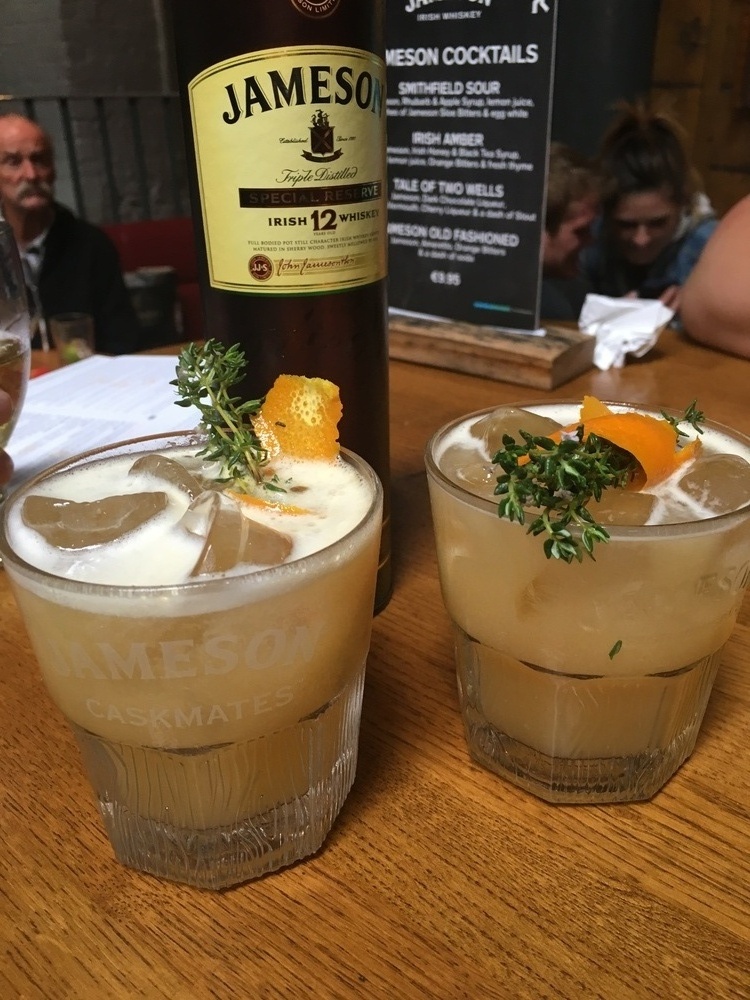
Irish and whiskey go hand and hand, which is no surprise since the Irish get credit as the first distillers in the British Isles. Although Irish whiskey nearly went extinct when the Scots fought back, Irish whiskey is back in full swing. Jameson’s played a huge part in the revival, and no Irish whiskey bar or pub would be complete without it.
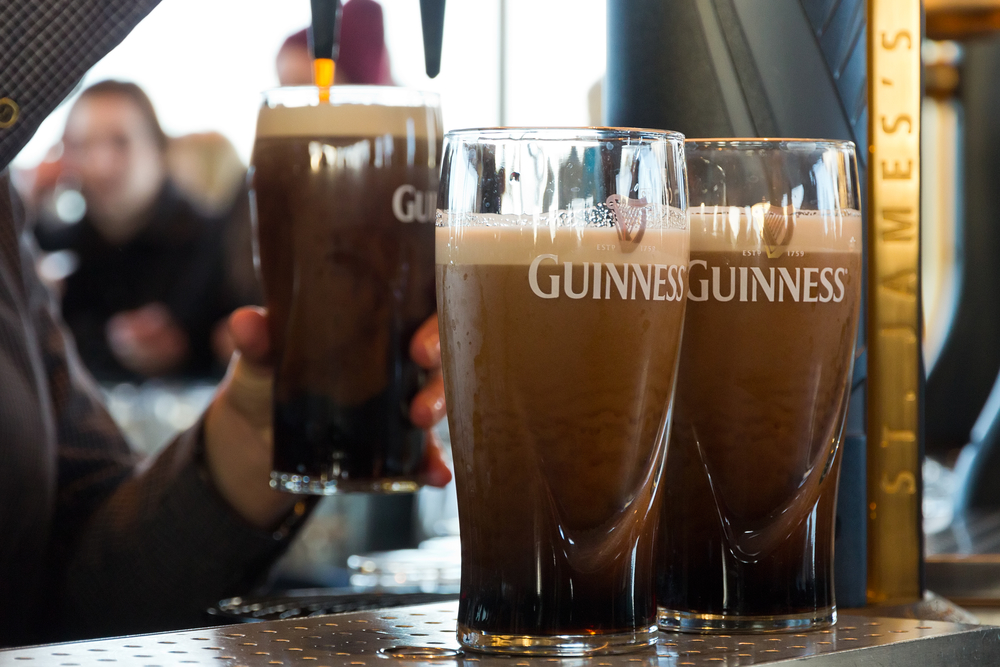
No Irish pub would be complete without Guinness, either. This Irish dry stout was originally brewed in 1759, after Arthur Guinness signed a 9,000-year lease on a vacant brewery. St. James’s Gate Brewery in Dublin still exists and still brews Guinness, which has become the top-selling alcoholic drink in the country with more than $2 billion in annual sales.
Italy: Limoncello, Grappa
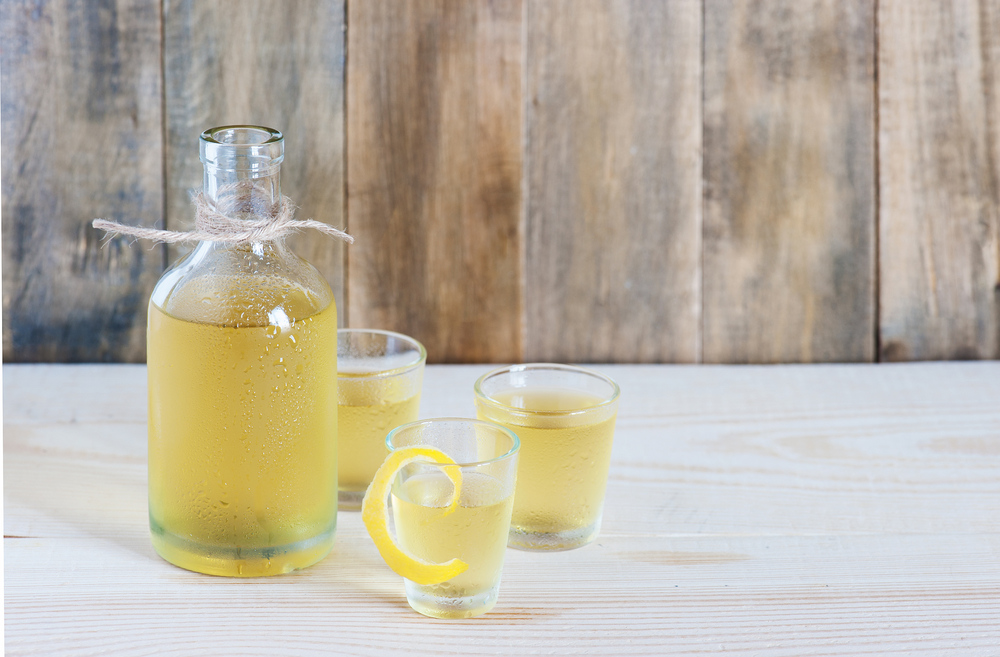
Call it lemon liquor or sunshine wine, limoncello is a booze-fueled Italian lemonade from the Amalfi Coast that dates back to around 1900. The liquor is created by steeping sugar and lemon rinds with grain alcohol for at least 30 days. It’s served in small ceramic glasses at restaurants as a pre-feast cleanser or post-feast digestive.
Grappa is another oh-so-Italian drink, this one made from distilled grape stems and other debris left over from making wine. Enjoy it at restaurants to help with digestion of a massive meal, or order it blended with espresso at an Italian café.
Russia: Vodka
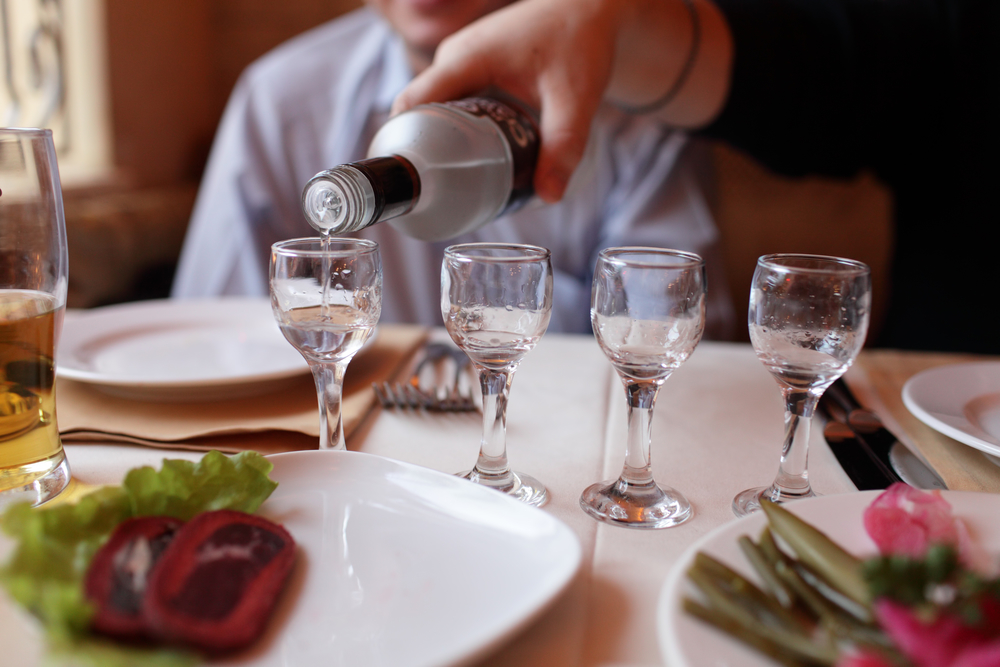
The word “vodka” stems from the Russian word “voda,” meaning water. Vodka flows freely throughout Russia as well as Poland, with the first vodka distillery either in Russia in the 9th century or Poland in the 8th, depending who you ask.
Either way, vodka standards enacted in the late 1800s have ensured the quality of the drink was up to par as it grew in popularity across the Western World. Made of fermented potatoes or grains, vodka can be enjoyed straight-up or mixed with all kinds of anything. You can also find it in Russia pretty much anywhere.
Scotland: Scotch
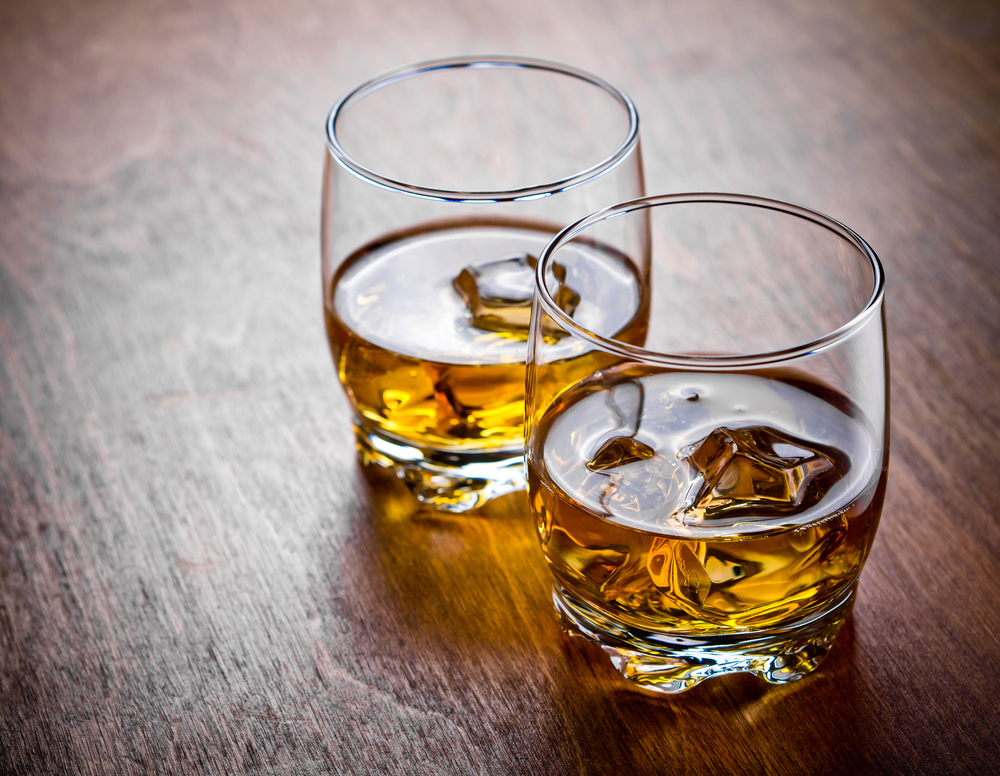
Scotland nearly tanked the entire Irish whiskey industry, and one component that contributed to the country’s strength was the barrel-aged whisky known as scotch. Originally evolving from a Scottish beverage known as uisge beatha, the Scots spent centuries perfecting the distillation process they began as far back as 1494.
Scotch may now be enjoyed in more than 200 countries worldwide, but the only place that makes it Scotland. To be in Scotland and not enjoy a hefty glass of scotch would be so utterly wrong.
Slovenia: Microbrews
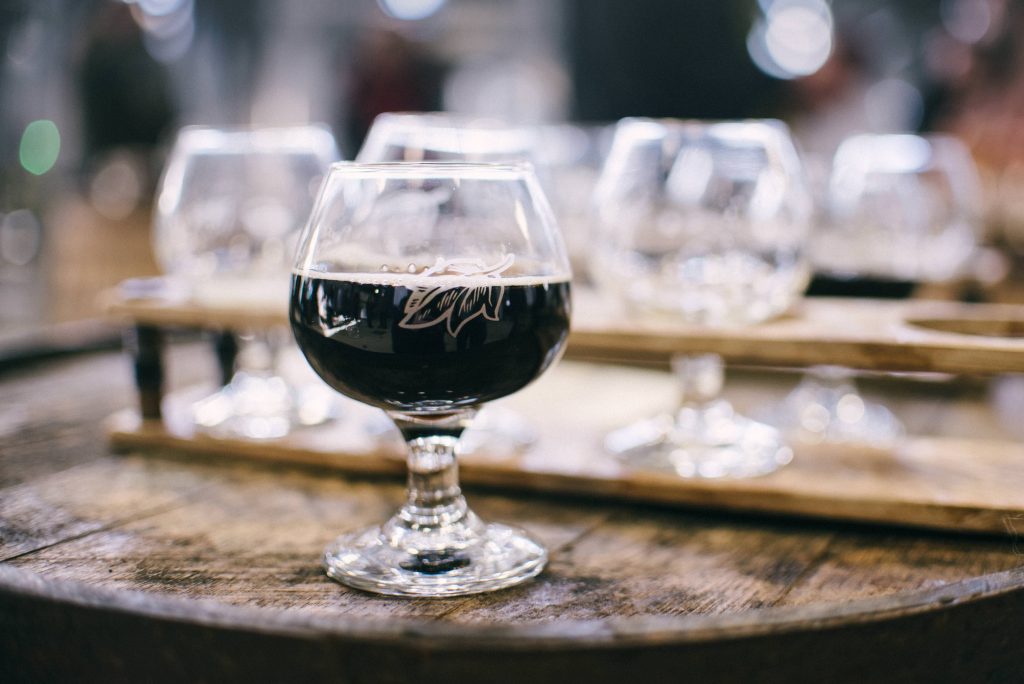
The approximately 8-square-mile country is experiencing a beer renaissance, pushing aside the two major brands in favor of dozens of microbreweries – and things like a $390,000 drinkable beer fountain.
While you’re waiting for the beer fountain to be built in Zalec, you can always imbibe in beer handcrafted by HumanFish Brewery, the country’s premier craft brewery that combines Slovenian hops with malts from England, Belgium, and Germany. You’ll find HumanFish beer on tap throughout the country or directly from the brewery in the town of Vrhnika.
Spain: Sangria
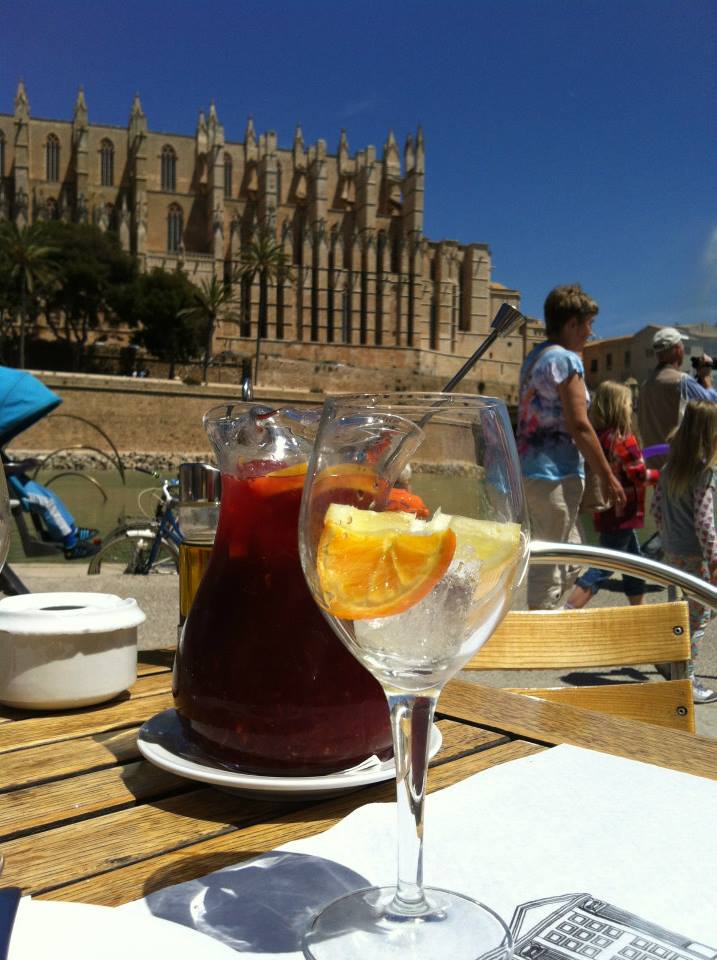
The history of wine in Spain can be traced back millions of years, with evidence vines had been planted long before the Romans get credit for bringing them over in 200 B.C. Wine straight-up may be fine, but Spaniards also like to play around with it, creating drinks like the notorious sangria.
Named for its blood red color, sangria is a mix of red wine, chopped fruit, sugar, and a dash of brandy. Hugely popular with tourists, sangria is widely served at bars and restaurants around the country.
Whether you go for jenever in Belgium or pastis on the banks of the Seine, your drinking trek throughout Europe is sure to leave a lively taste in your mouth for years to come. Want additional tips or answers to travel-related questions? Contact Swift; we’re always happy to help!

